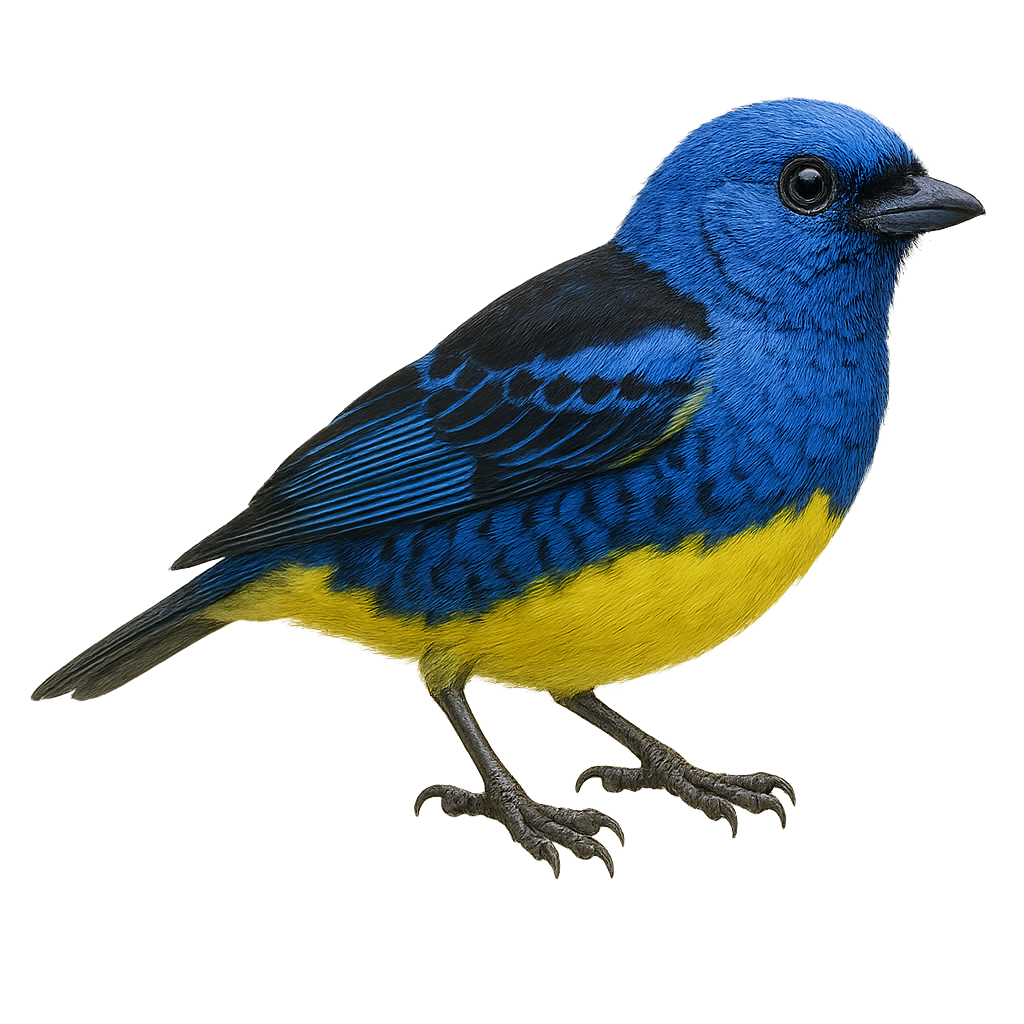Your wildlife photography guide.
Explore the turquoise tanager in detail, study its behavior, prepare your shots.
Where to observe and photograph the turquoise tanager in the wild
Learn where and when to spot the turquoise tanager in the wild, how to identify the species based on distinctive features, and what natural environments it inhabits. The WildlifePhotographer app offers tailored photography tips that reflect the turquoise tanager’s behavior, helping you capture better wildlife images. Explore the full species profile for key information including description, habitat, active periods, and approach techniques.
Turquoise Tanager
Scientific name: Tangara mexicana

IUCN Status: Least Concern
Family: THRAUPIDAE
Group: Birds
Sensitivity to human approach: Suspicious
Minimum approach distance: 5 m
Courtship display: December to February
Incubation: 13-15 jours
Hatchings: December to March
Habitat:
Humid tropical forests, forest edges, gardens
Activity period :
Primarily active during the day, with peak activity in the morning and late afternoon.
Identification and description:
The Turquoise Tanager, or Tangara mexicana, is a striking tropical bird found in humid forests and wooded edges of the Amazon Basin, from Venezuela to northern Brazil. It is easily recognized by its turquoise head, black back, yellow belly, and blue-edged wings, creating a vivid and eye-catching contrast. Active and gregarious, it often moves in small groups through the canopy, feeding on fruits, nectar, and insects. Its intense coloration makes it a favorite among bird photographers. The species has a stable population across its wide range.
Recommended lens:
400mm – adjust based on distance, desired framing (portrait or habitat), and approach conditions.
Photography tips:
To photograph the Turquoise Tanager, it is advisable to use a telephoto lens of at least 400mm to capture the details of its vibrant plumage without disturbing it. Look for it in humid tropical forests and forest edges, where it is often active during the day. Be patient and discreet, as this bird can be suspicious. Use a fast shutter speed to freeze its quick movements and adjust the exposure to accurately render the bright colors of its plumage.
The WildlifePhotographer App is coming soon!
Be the first to explore the best nature spots, track rutting seasons, log your observations, and observe more wildlife.
Already 1 427 wildlife lovers subscribed worldwide

